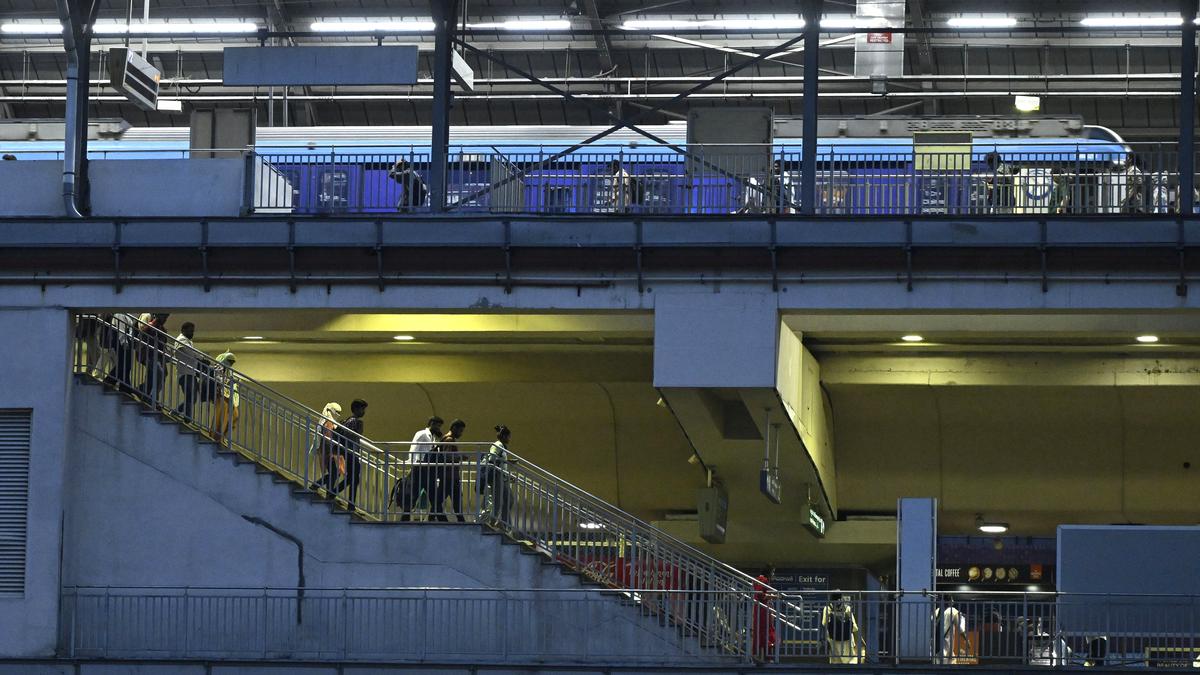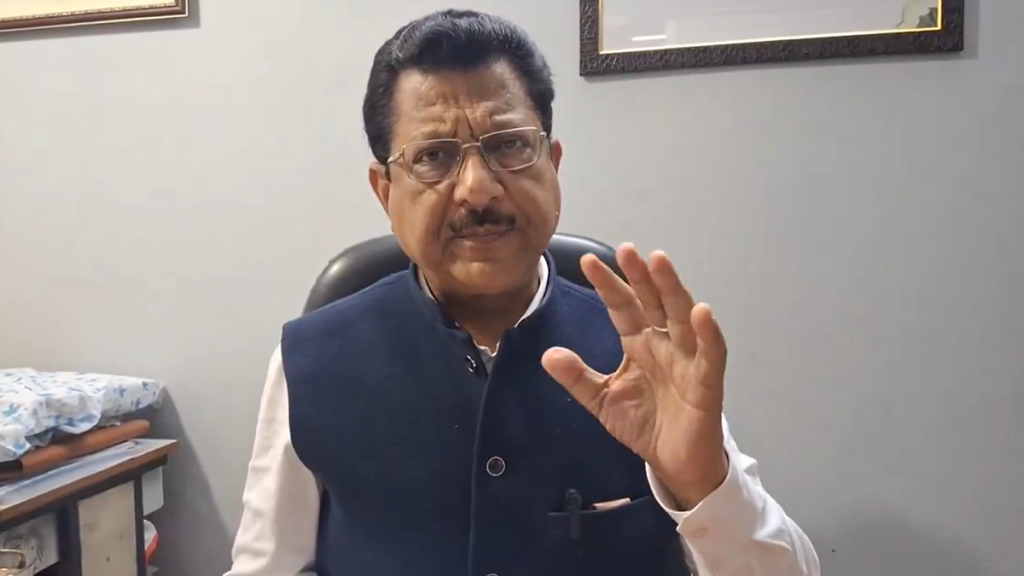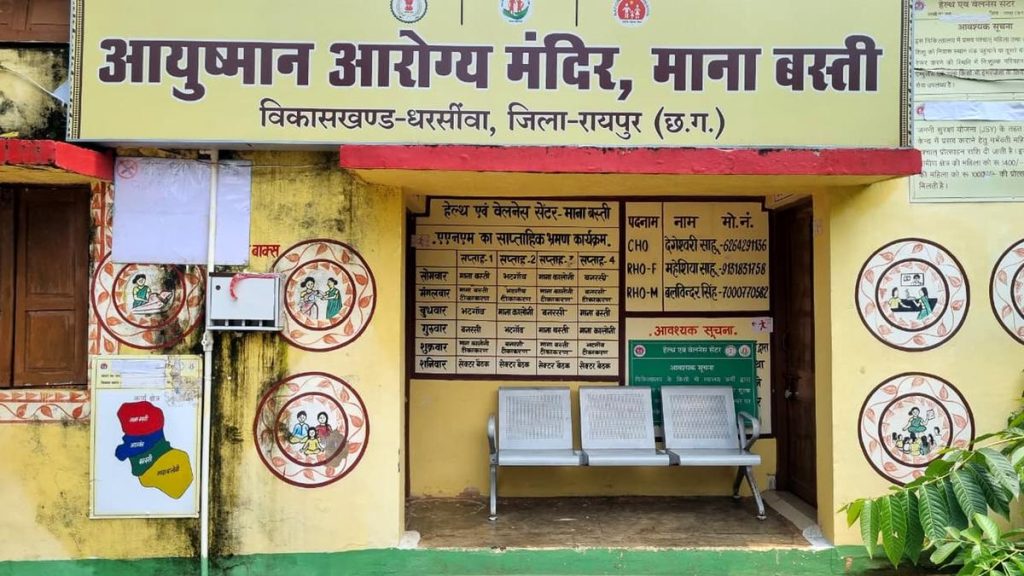Now Reading: Hyderabad Metro Chief Backs Public Transport to Solve Traffic Woes
-
01
Hyderabad Metro Chief Backs Public Transport to Solve Traffic Woes
Hyderabad Metro Chief Backs Public Transport to Solve Traffic Woes

quick Summary
- Hyderabad Metro Rail (HMR) managing director N.V.S. Reddy highlighted the importance of public transport as a solution to urban traffic congestion.
- Speaking at the All India Architecture Reconnect Summit in Hyderabad, he emphasized transit-oriented development along metro corridors by promoting high-rise residential complexes, commercial hubs, and educational institutions to reduce car dependency.
- Mr. Reddy credited the popularity of Hyderabad Metro Rail to its comfortable travel experience, energy efficiency, and focus on women’s safety.
- He urged architects to address challenges of urbanisation through innovative designs combining modern technology with eco-friendly materials and customary Indian principles.
- The MD suggested using China’s industrial prioritisation strategy as a model for accelerating India’s urban growth by reducing reliance on agriculture.
- Singapore’s rainwater harvesting initiatives were proposed as an example for integrating sustainability into urban projects.
Indian Opinion Analysis
The insights shared by N.V.S. Reddy underscore the critical role of transit-oriented development in shaping India’s urban future. His emphasis on creating high-density hubs around metro corridors aligns with global practices aimed at reducing vehicular congestion and fostering sustainable city models. Moreover, advocating for architectural solutions rooted in eco-friendliness while drawing from international best practices like Singapore’s water management systems demonstrates pragmatic foresight.
The comparison with China’s industrial shift reflects a long-term vision for economic restructuring that could benefit India’s resource distribution; though, implementation poses significant challenges given differing socio-economic conditions between the two nations.For architects and planners in India, this discussion is an invitation to approach rapid urbanisation not only as a hurdle but also an prospect for innovation that aligns social needs with environmental responsibilities.
Read more: Original Source
























